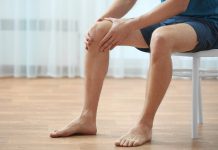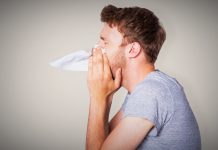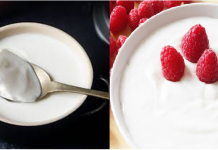 While all kinds of activity requires energy, studies suggest that vigorous exercise is especially effective in burning calories not just during the workout itself but also after. So if you’re thinking your body is done working out when you are, you’re wrong! It keeps on shedding calories long after you’ve put your foot down.
While all kinds of activity requires energy, studies suggest that vigorous exercise is especially effective in burning calories not just during the workout itself but also after. So if you’re thinking your body is done working out when you are, you’re wrong! It keeps on shedding calories long after you’ve put your foot down.
The more commonly known term ‘after-burn effect’ is officially Excess Post-Workout Oxygen Consumption (EPOC) and is actually not a new concept. A strong correlation exists between the level of workout intensity and the number of calories burned post-exercise. The more intense the workout, the more oxygen the body consumes afterwards. In one study, 10 young, male participants who cycled vigorously for 45 minutes burned roughly 190 calories more in the 14 hours after exercise than on days when they didn’t work out at all. Of course, the number of calories burned both during and after exercise can vary greatly among individuals. Usually, you can achieve optimal after-burn effect if you exercise at 80 to 85 percent of your maximum heart rate. Also, the longer the duration, the more effective it will be.
Contrary to popular belief, it’s not just steady cardio workouts that gets your metabolism going for hours afterwards. High Intensity Interval Training (HIIT) has proven to produce better results, as has resistance training performed at quick paces and/or high intensity; not to forget, it all depends, again, on duration and level and intensity. If you are a beginner, start with this: 5 minute warm-up, 60 seconds fast run, 120 seconds recovery walk, repeat 6-8 rounds of the 60×120, 5 min cool-down.
If you are already thinking it’s too much, remember – it pays to go hard. So, whatever the particular training regime, to burn calories long after that last mile, dare to walk, jog, run, and sprint, an extra mile!


 Traqade
Traqade































